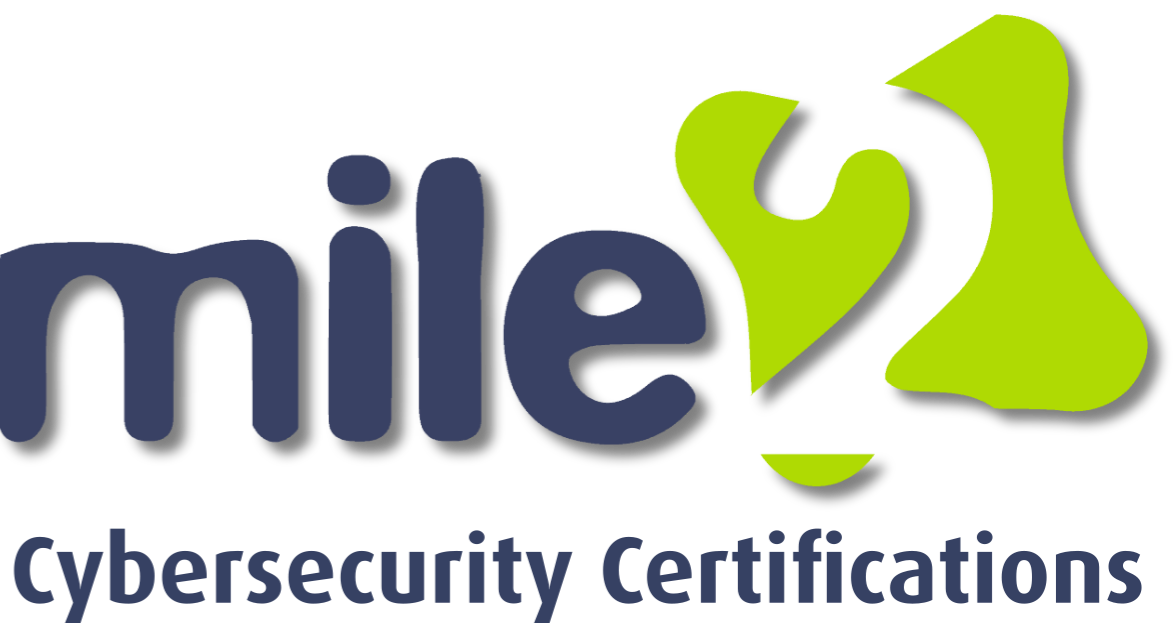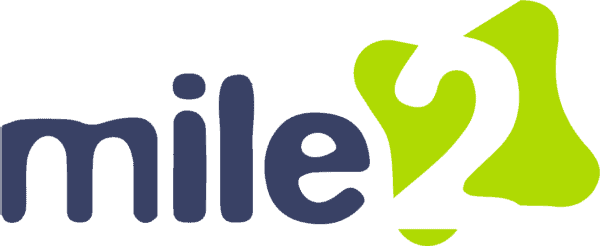Misty Stewart
Forum Replies Created
-
AuthorPosts
-
Misty Stewart
ParticipantHi Teisha,
I agree strong cybersecurity relies on clear policies, restricted access, and regular software updates to prevent misuse and close vulnerabilities. Employee training is vital for recognizing threats and handling data responsibly. Structured response plans and reliable backups help minimize disruption during incidents. Continuous monitoring ensures early detection of risks. Together, these practices build a resilient defense against evolving cyber threats.
Thanks.Misty Stewart
ParticipantCyber threats are growing more complex, affecting organizations of all sizes. Beyond technical flaws, human mistakes—like weak passwords and lack of awareness—often lead to breaches. A holistic cybersecurity approach combines advanced tools, regular employee training, frequent security checks, and clear incident response plans. These measures help protect assets and maintain trust.
Misty Stewart
ParticipantMatthew 5:6 asks us to consider what truly satisfies the human spirit. In a culture that often equates happiness with possessions, achievements, or status, it’s easy to chase after things that promise fulfillment but ultimately leave us feeling empty. The longing Jesus describes is not a physical appetite, but a spiritual yearning—a desire to live in harmony with God’s values and to embody justice, mercy, and humility.
Rather than viewing righteousness as a distant ideal, this verse encourages us to see it as a daily pursuit: seeking integrity in our actions, compassion in our relationships, and authenticity in our faith. Those who earnestly desire this kind of life discover a deeper contentment, one that isn’t shaken by changing circumstances or fleeting pleasures.Misty Stewart
ParticipantBuilding an effective security program requires organizations to adopt a holistic approach, anchored by well-defined policies that clarify roles, set boundaries, and protect digital assets. Rather than focusing solely on technical controls, it’s essential to foster a culture where everyone understands their part in safeguarding information. For example, a Responsible Use Policy not only restricts inappropriate activities but also encourages ethical behavior and accountability among staff.
Proactive measures, such as routine software updates and vulnerability scans, are necessary to address emerging threats before they can be exploited. Handling sensitive data demands careful classification and strict protocols for its lifecycle, from creation to secure disposal, to prevent accidental exposure.
By empowering employees through continuous education transforms them into the first line of defense against evolving threats like phishing and manipulation tactics. Collectively, these diverse policies and practices not only reinforce technical defenses but also nurture an organizational mindset that prioritizes security at every level.Misty Stewart
ParticipantModern organizations encounter an ever-evolving landscape of cyber threats that can compromise the security and reliability of their digital assets. Threat actors exploit a variety of vulnerabilities, such as social engineering schemes like phishing, malicious software including ransomware, internal misuse, poorly configured infrastructure, unpatched applications, and newly discovered zero-day flaws. The growing adoption of cloud platforms and remote work arrangements has broadened the range of potential entry points, increasing the risk of unauthorized access.
To address these challenges, businesses are turning to comprehensive defense strategies. These include implementing strict user permissions, deploying multi-factor authentication (MFA), maintaining up-to-date software, and fostering a culture of cybersecurity awareness among staff. Technologies like network segmentation, intrusion detection and prevention systems (IDPS), and advanced endpoint security solutions help contain and detect malicious activity before it spreads.Misty Stewart
ParticipantCryptography gives me peace of mind in today’s digital world. It’s not just about hiding information it’s about making sure only the right people can access what matters, like my personal details or financial info. I rely on cryptography every time I send an email, shop online, or store files in the cloud. I also appreciate how digital signatures help me trust that documents and messages are authentic and haven’t been tampered with. Knowing these protections are in place makes me feel safer as I navigate both personal and professional digital spaces.
Misty Stewart
ParticipantLooking back at my time working in various organizations, I’ve realized how much access controls shape the overall sense of security and trust within a team. At first, I saw these controls as just another set of rules, something IT handled behind the scenes. But after witnessing a few close calls with data exposure, I began to understand their deeper purpose.
I’ve noticed that when organizations invest in strong authentication methods and keep policies up to date, it sends a clear message: security is everyone’s job. Regular training and open conversations about access controls have helped me feel more confident and informed, rather than restricted.
Ultimately, I’ve come to see access controls as more than just barriers they’re enablers of trust. They create an environment where people can work efficiently, knowing that sensitive data is protected and that every action is traceable. This balance between ease of use and robust protection has made me appreciate how thoughtful security measures can support both individual responsibility and organizational integrity.Misty Stewart
ParticipantThis passage from Matthew 4:5–7 highlights the profound wisdom and humility of Jesus during a moment of intense spiritual challenge. After enduring forty days without food, Jesus was confronted by Satan, who sought to undermine His purpose and identity through cunning temptations. Rather than engaging in a battle of ego or relying on His own strength, Jesus chose to anchor Himself in the truth of Scripture. When Satan manipulated God’s Word to provoke Him, Jesus calmly corrected the distortion, emphasizing the importance of trusting God rather than demanding signs or proofs.
What stands out in this encounter is not just Jesus’ ability to resist, but his unwavering commitment to God’s plan, even when vulnerable. It’s easy to feel distant from this example, thinking that such resolve is unattainable for ordinary people. Yet, the passage invites us to see Jesus not only as a model of faithfulness but as the source of our own ability to endure. His victory over temptation is a gift that empowers us, reminding us that we are not alone in our struggles.
When we face moments of doubt or pressure, this story encourages us to rely on God’s promises and presence, rather than our own resources. Jesus’ journey through the wilderness assures us that He understands our weaknesses and walks alongside us. Ultimately, our hope and strength come from the faithfulness of Christ, who has already overcome every trial on our behalf.Misty Stewart
ParticipantCryptography is essential for safeguarding information, relying on mathematical processes to transform data so that it cannot be understood by unauthorized individuals. Its main goal is to preserve the accuracy, privacy, and legitimacy of information as it is transmitted over networks or stored in databases. Techniques such as encryption restrict access to data to only those who are permitted, while hashing generates a distinct code for each file or message, making it possible to spot any alterations. Digital signatures add another layer of security by confirming the sender’s identity and ensuring the information remains unchanged.
Misty Stewart
ParticipantAccess control serves as a gatekeeper within an organization, determining who can interact with specific systems, applications, and data. It’s not just about blocking unauthorized users it’s about tailoring access to match each employee’s responsibilities, ensuring they have the tools they need without exposing sensitive information unnecessarily. Well-crafted access control policies help prevent data leaks, fraud, and operational disruptions by enforcing boundaries and tracking user activity. These policies often include authentication methods, permission levels, and audit trails, all working together to protect the company’s digital assets and maintain trust in its security posture.
Misty Stewart
ParticipantYour experience at AWS highlights how comprehensive network security really is. I appreciate how you broke down the different types of controls physical, technical, and administrative and explained their roles in protecting data and systems. It’s clear that relying on just one layer isn’t enough; combining things like locked server rooms, firewalls, MFA, and employee training creates a much stronger defense. I also like that you mentioned monitoring and incident response plans, since being able to quickly detect and respond to threats is just as important as prevention. Overall, your example shows how a layered approach helps organizations like AWS maintain a secure environment for both company and customer data.
Misty Stewart
ParticipantI agree that the variety of data storage options available today makes it possible to tailor solutions to different needs. The distinction between primary and secondary storage is especially important, since RAM provides the speed necessary for active tasks, while hard drives and SSDs ensure data is kept safe over the long term. Portable devices like flash drives and optical discs are still useful for sharing and backing up files, even if they don’t offer the same speed or capacity as other options. I also think network-attached storage and cloud platforms have really changed how teams collaborate and access information remotely. Since each method has its own strengths and weaknesses, using a combination really does help balance efficiency, security, and convenience. It’s interesting to see how organizations and individuals adapt their storage strategies as technology evolves.
Misty Stewart
ParticipantMatthew 3 presents a sobering call to examine the authenticity of our spiritual lives. When John the Baptist confronts the Pharisees and Sadducees, he exposes the danger of relying on religious heritage and outward appearances rather than genuine repentance. His warning “bring forth fruits meet for repentance” reminds us that true faith is not inherited or performed but lived out through transformed character and obedience to God. Israel, though richly blessed with the law and promises of God, drifted into self-righteousness, trusting in their lineage and rituals rather than submitting to God’s righteousness. Paul later echoes this concern, lamenting that zeal without submission leads to spiritual ruin. The metaphor of fruit is powerful: just as a tree is judged by its produce, so are we known by the evidence of our repentance and dependence on Christ. Today, this challenge remains urgent. Religious activity without heart change is hollow. The fruit God desires humility, love, obedience, and faith can only grow from a life rooted in Him. Let us not settle for spoiled fruit born of pride, but seek the Spirit’s work in us, producing fruit that reflects true repentance and leads to eternal life.
Misty Stewart
ParticipantTo keep a company’s network safe, organizations use several layers of protection. First, physical controls mean locking up important equipment like servers and routers, using security cameras, and limiting who can enter certain areas. Technical controls include things like firewalls, antivirus programs, and systems that watch for suspicious activity. These tools help protect data whether it’s being sent or stored. Companies also divide their networks and set rules so people can only access what they need. Finally, administrative controls are about having good policies, such as regular security training for staff, plans for handling security incidents, and making sure users prove who they are, often with extra steps like multi-factor authentication. Using all these methods together helps reduce risks and keeps out hackers and other threats.
Misty Stewart
ParticipantThere are different types of data storage, each with its own purpose. The first type is primary storage, like RAM, which is used for temporary data while your computer is running. It’s very fast but loses all data when the power is off. The second type is secondary storage, which includes things like hard drives and solid-state drives. These keep your files, programs, and operating system even when the computer is turned off. SSDs are faster and more durable, while hard drives can store more data for less money. The third type is tertiary or archival storage, such as magnetic tapes or CDs, which are mainly used for saving data for a long time or for backups, especially in big companies or research labs. Nowadays, cloud storage is also popular, letting people save and access their files online using services like Google Drive or Dropbox. The choice of storage depends on how fast you need access, how much you want to spend, how much space you need, and whether you need the data right away or just for long-term backup.
-
AuthorPosts

